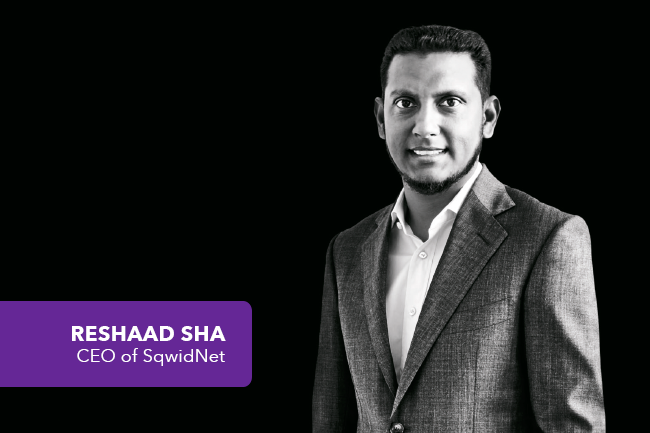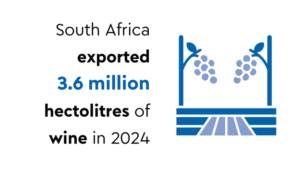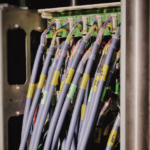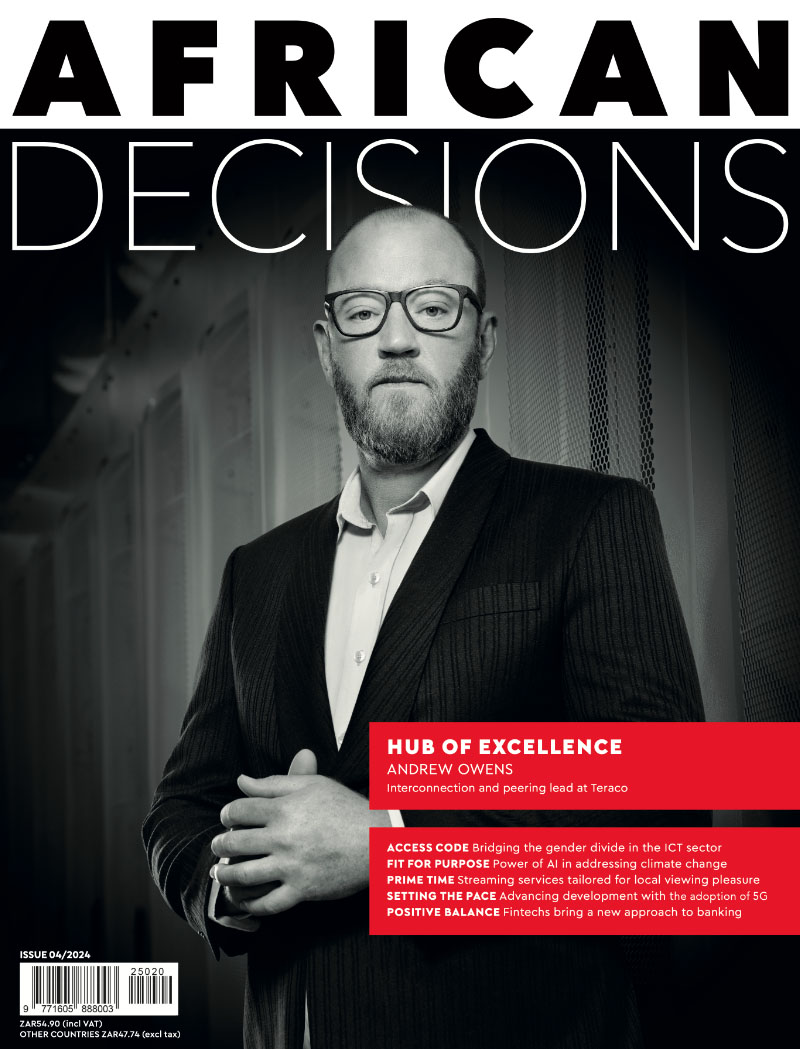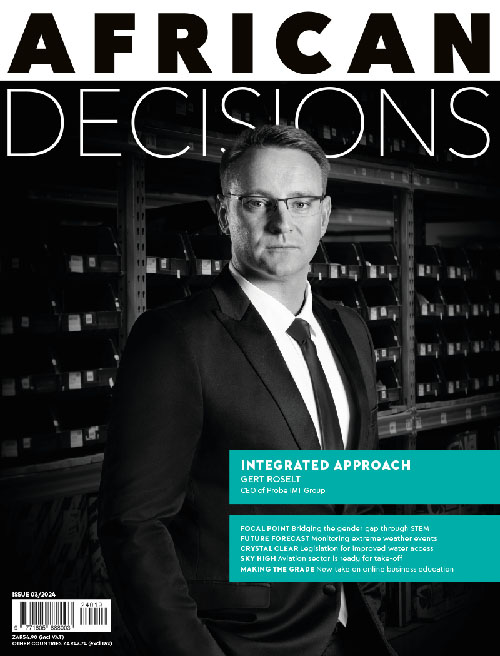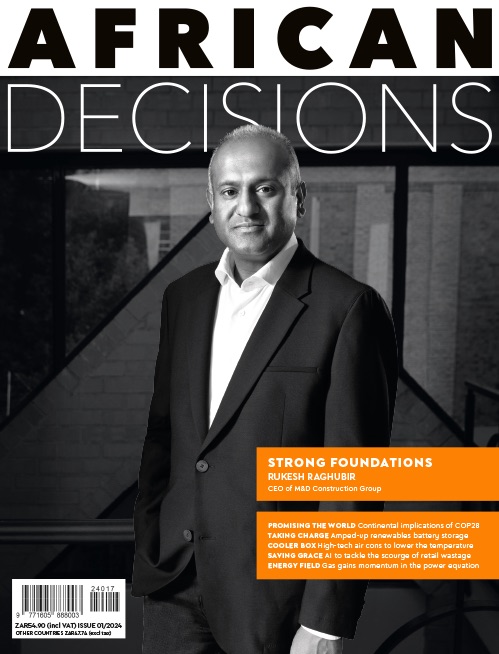Reshaad Sha is a busy man. As CEO of SqwidNet and an Executive Director of Dark Fibre Africa (DFA), he is responsible for the latter’s corporate strategy, and he is overseeing the national roll-out of the Sigfox global internet of things (IoT) network in South Africa, which will ultimately connect millions of physical objects to the digital world. SqwidNet is on course to achieve 85% population coverage by the end of the year. In parallel to the network roll-out, Sha says SqwidNet will be ‘developing and enabling an ecosystem of channel partners, module and device vendors, platform providers, application and solution developers, and system integrators to bring the IoT to life in South Africa’.
SqwidNet, a wholly owned subsidiary of DFA, provides Sigfox-enabled devices with low-cost connectivity to IoT platforms to enable data- and analytics-driven IoT applications and services. To call this a game changer would hardly do it justice. ‘Even five years ago, it was not commercially feasible to connect and enable billions of devices,’ he says. ‘But using the Sigfox network and ecosystem, which is purpose-built for IoT, we can deliver low-cost connectivity, low-cost modules, low-cost devices, and end-to-end IoT data security to channel partners and end-users. It also enables us to scale rapidly.’
Ecosystem enablement is key to allowing medium to large businesses and, importantly, empowering small businesses to play a role in both the value chain and making IoT relevant to the market. ‘Small businesses are more agile,’ says Sha. ‘They can bring things to market faster, and they don’t have to go through long development cycles.’ SqwidNet helps its business partners with development kits and free access to the network during the development phase, letting them build prototypes and develop products and solutions efficiently and scalably.
‘This enables them to solve real-world problems creatively and to monetise these solutions for themselves,’ he says. ‘And it’s not only for small businesses – it can even enable an individual entrepreneur or a hobby enthusiast. If someone builds a good product that solves an interesting challenge, we offer our ecosystem partners a platform to make their product available to the global Sigfox ecosystem. Its true enablement is for entrepreneurs and small businesses to solve emerging-market problems.’
That notion of disruptive change informs Sha’s leadership approach at SqwidNet. The small but agile and strong SqwidNet team doesn’t have separate sales and technical meetings. ‘We don’t have any stringent or formal hierarchical structure,’ he says. ‘So when we meet as a team, it’s a collaborative space to hear everybody’s views on anything. Initially, people would gravitate to their areas of expertise, but now we’re seeing a lot more cross-functional collaboration. Now everybody sees themselves as contributors to the overall business purpose.’
Sha encourages the team to experiment and explore passion projects. ‘The approach is if you want to take a day or two in a week to work on something that’s going to solve a challenge or bring about a new way of doing things then please, by all means, do it. We’re a small team, so capacity is important, but we have that operating model and that freedom to drive innovation in the business. It’s about creating an environment that enables innovation, as opposed to saying, “here’s an innovation project to run”.’
The principles of design-thinking influence the operating model at SqwidNet. ‘Creativity is a core principle that is used to drive a desirable outcome for the business and our customers,’ he says.
Even in all the busyness, Sha encourages his team to reflect on what IoT really means – and what new possibilities it opens up. After all, IoT as a field represents innovation in the truest sense of the term. ‘This is not an incremental shift from a previous network,’ he says. ‘In mobile data networks, we went from 2G to GPRS to 3G to 4G/LTE – those were incremental changes to an existing data model and an existing physical infrastructure. But with an IoT network, it’s being built to serve today and tomorrow’s requirements, without any legacy. This allows you to rethink what you do and how you do it, and to re-imagine your business model.’
To illustrate his point, Sha cites Uber and Airbnb. ‘They disrupted the traditional business models for taxis and hotels through digital transformation. Now whenever somebody else wants to come up with a new form of ride-sharing or rental, they will have to work from the base created using Uber’s digital platform. Because of the significant level of disruption that took place, there is no way to go back to the old way of doing things.’
He says the common thread is that disruptive innovations such as Uber and Airbnb are based on data-driven models. IoT is the vehicle that enables those massive volumes of data to be generated, processed and used.
‘IoT enables billions of physical things in the field – like a valve in a pipeline, or a tamper sensor on an electric pylon – to be connected to the digital world,’ he says.
‘This enables the delivery of contextual data, which will change and fundamentally improve the way businesses operate and are managed. We’re in a data-driven world, and IoT is enabling the delivery of contextual products and services through the insights gleaned from more real-time contextual data.’
It’s hard to overstate how radically IoT will change the way we all do business.
‘You’ve heard about artificial intelligence, autonomous vehicles, the Fourth Industrial Revolution, machine learning …’ Sha runs down the list of IoT-related innovations. ‘These will fundamentally change the operating models of businesses in different vertical markets. In other words, it will change how they actually function as businesses. New value chains will be created. Industries will be disrupted. Businesses will be reinvented.’

